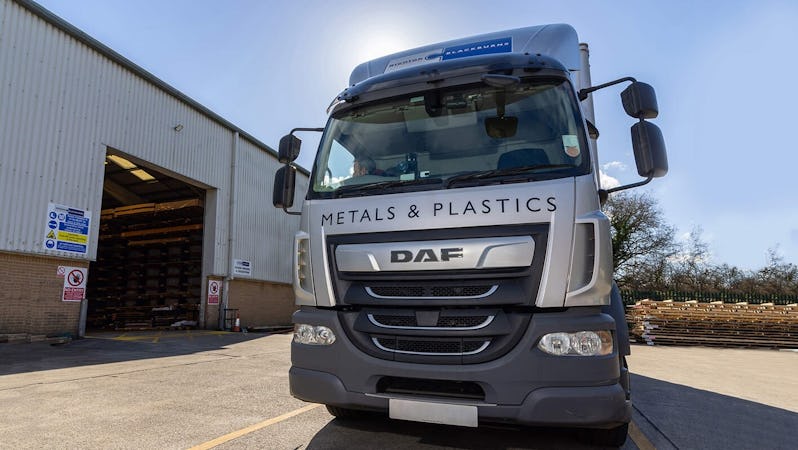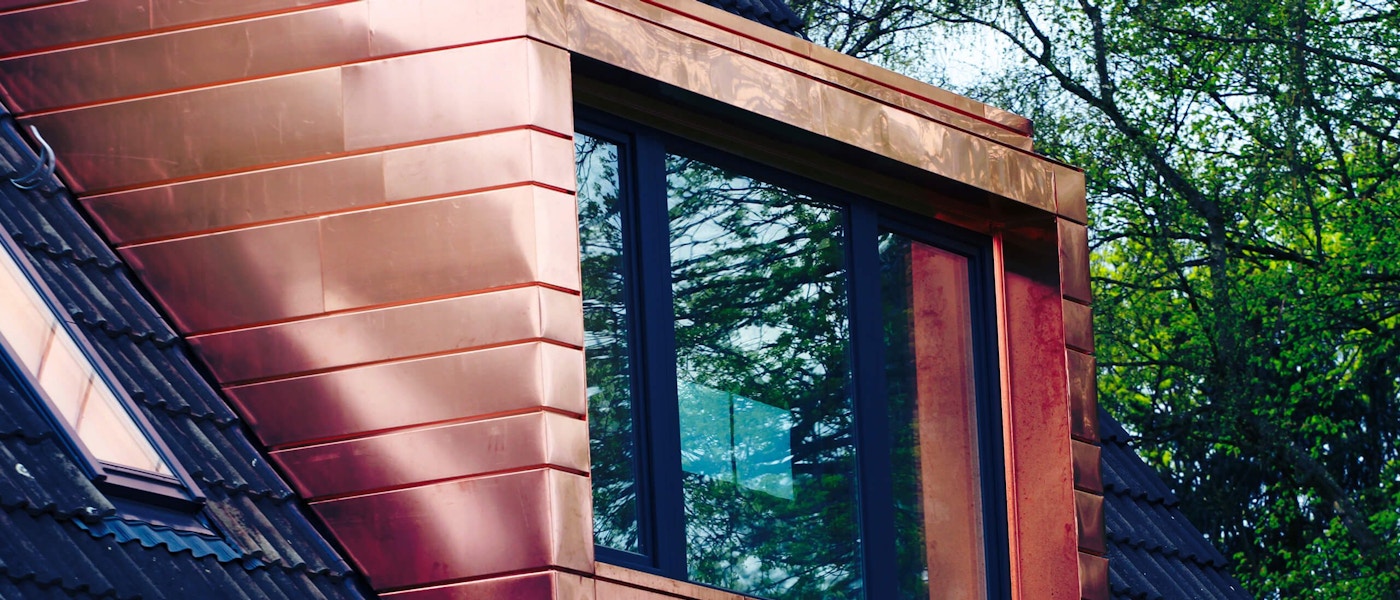Joining
Copper and copper alloys are more readily joined than most other materials used in engineering. Although 90% of copper based components are assembled using conventional welding and brazing techniques, they can be successfully joined using every known joining process.
When welding, soldering or brazing copper the joint must be clean and free of dirt, grease or paint.
Soldering
Soldering can be divided into two methods:
- Soft soldering using alloys that melt below 350°C
- Hard soldering using stronger, high melting point alloys
In regard to soldering copper alloys, hard soldering is often referred to as Silver soldering. Soft soldering normally uses tin-based solders for joining copper and brass when high mechanical strength is not required. The method is commonly used for joining copper in domestic electrical and plumbing applications.
Brazing
With the exception of alloys containing more than around 10 per cent aluminium or 3 per cent lead, brazing can be used to join all copper alloys.
Brazing is particularly popular for joining copper components used in building, heating, ventilation, air- conditioning and the manufacturing of electronic products.
Welding
Copper alloys are readily welded using all common welding techniques including:
- Arc welding
- Gas-shielded arc welding
- Tungsten inert gas (TIG) welding
- Metal inert gas (MIG) welding
- Plasma arc welding
- Pulsed-current MIG welding
- Electron Beam welding
- Laser welding
- Friction welding
- Ultrasonic welding
Bolting and Riveting
Copper and all copper alloys can be successfully bolted or riveted. However consideration must be given to the material used in the bolts or rivets. As copper is often chosen for its corrosion resistance, the material used in the bolts and rivets should be made from the same or similar material to that being joined.
For roofing applications, copper nails are preferred but brass or stainless steel can be substituted.
Mechanical joining like bolting and riveting may induce localised areas of high stress, which could induce failure in the component. Replacing the mechanical joint with adhesive bonding can eliminate this. Adhesive bonding can also be used in conjunction with mechanical bonding.
Adhesive Bonding
With consideration given to joint design so there is an adequate overlap on the joint area, Copper and Copper alloys can be successfully joined using adhesive bonding. As copper and copper alloys form a protective surface oxide layer, the surfaces must be cleaned before the adhesive is applied.





